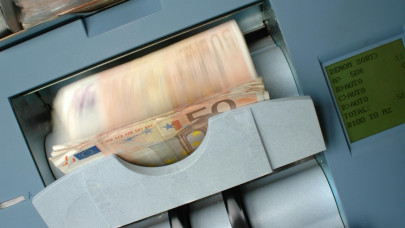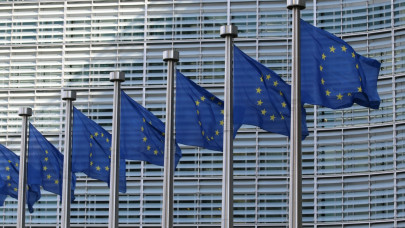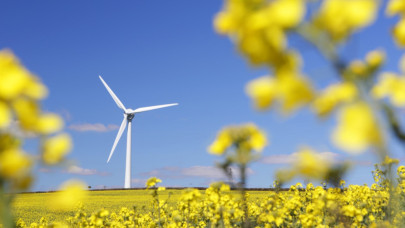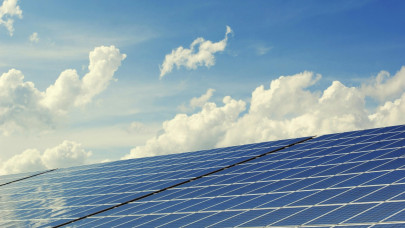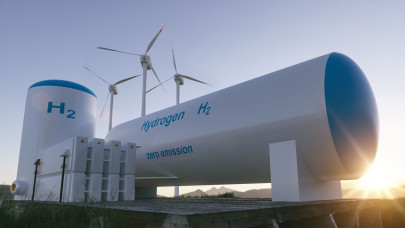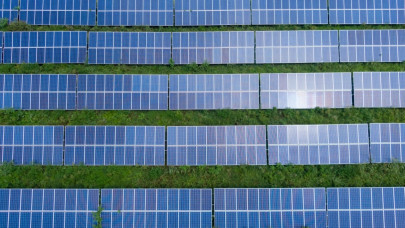EU Directive 2023/2413 on the promotion of the use of energy from renewable sources has revised upwards the EU's 2030 renewable energy target from 32% to 42.5% (with an aim to increase it to 45%). Therefore, EU countries need to intensify their efforts to collectively comply with the new EU target for 2030, which requires increasing the share of renewable energy sources in the EU's gross final energy consumption by almost 20 pp.
Sweden ranked first among EU countries, with two-thirds (66.4%) of its gross final energy consumption coming from renewable sources in 2023. Sweden primarily relied on solid biofuels, hydro and wind. Finland followed with 50.8%, also relying on solid biofuels, wind and hydro, while Denmark came in third with 44.9%, with most of its renewable energy sourced from solid biofuels and wind. The lowest shares of renewables were recorded in Luxembourg (11.6%, Belgium (14.7%) and Malta (15.1%).
The accounting rules in Directive (EU) 2018/2001 prescribe that electricity generated by hydro power and wind power have to be normalised to account for annual weather variations (hydro is normalised over the last 15 years and wind over the last 5 years, separating on-shore and off-shore wind normalisation). This article presents the results applying these accounting rules.
The growth in electricity generated from renewable energy sources during the period 2013 to 2023 largely reflects an expansion in two renewable energy sources across the EU, namely wind power and solar power. In 2023, renewable energy sources made up 45.3% of gross electricity consumption in the EU, more than 4 pp higher than the previous year (41.2% in 2022).
Wind and hydro power accounted for more than two-thirds of the total electricity generated from renewable sources (38.5 and 28.2%, respectively). The remaining one-third of electricity generated was from solar power (20.5%), solid biofuels (6.2%) and other renewable sources (6.6%). Solar power is the fastest-growing source: in 2008, it accounted for 1%. This means that the growth in electricity from solar power has been dramatic, rising from just 7.4 TWh in 2008 to 252.1 TWh in 2023.
Among the EU countries, more than 75% of electricity consumed in 2023 was generated from renewable sources in Austria (87.8%), Sweden (87.5%) and Denmark (79.4%). The consumption of electricity from renewable sources was also high in Portugal (63.0%), Croatia (58.8%), Spain (56.9%), Latvia (54.3%) and Finland (52.4%), accounting for more than half of electricity consumed. At the other end of the scale, the share of electricity from renewable sources was less than 20% in Malta (10.7%), Czechia (16.4%), Luxembourg (18.0%) and Hungary (19.5%). The EFTA country Norway and the candidate country Albania produced more electricity from renewable sources than the total amount of electricity they consumed in 2023, therefore leading to a share higher than 100%.


